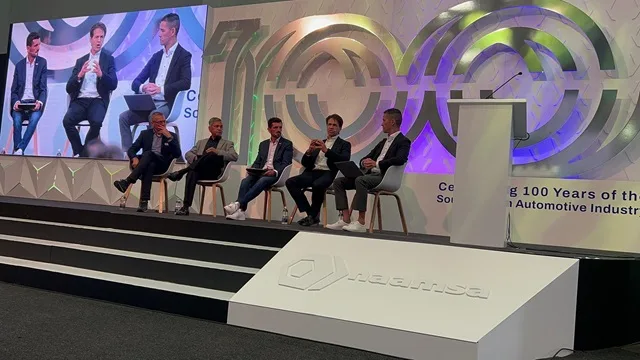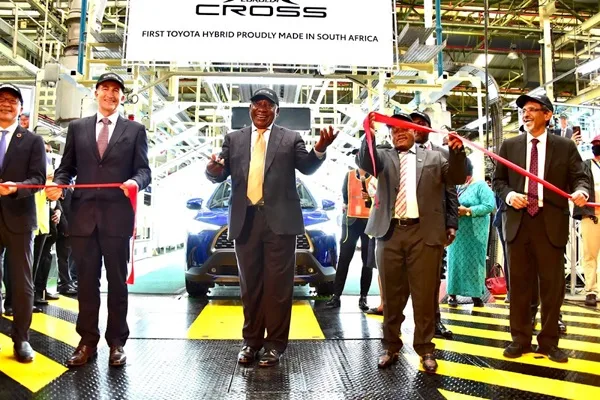South Africa Ambitions to Drive Auto Exports to ZAR 400B by 2035
At the opening of the South Africa Auto Week (#SAAW2024), the eyes were set on the keynote speech of President Cyril Ramaphosa. The Auto Week is taking place at the Cape Town International Convention Center (CTICC) from 15 to 18 October 2024, and to mark the centenary of car manufacturing in South Africa, the theme of the event is “Reimagining the Future, Together: Celebrating 100 Years of Automotive Heritage, Passion, Resilience, and Ingenuity.”
According to the South African Automotive Masterplan (#SAAM2035), the country exported more than 600,000 vehicles in 2023 and aims to drive auto exports to ZAR 400 billion by 2035. As part of the master plan, South Africa will jack up local value addition (#LVA) in auto manufacturing to 60%. In order to achieve this target, South Africa also plans to enhance logistics and transport infrastructure in support of the growth of the auto industry and to maintain its competitive edge.
“Government has played a pivotal role in fostering a favourable policy and regulatory environment that has supported growth, transformation, and innovation within the automotive industry.”
South Africa President Cyril Ramaphosa
However, several challenges remain. Firstly, one of the key markets, the USA is highly dependent on preferential access based on #AGOA. Some uncertainty lingers as the current expires and South Africa risks losing its status as its economy improves.
Up to two thirds of vehicles produced in South Africa are exported. The main export markets are Germany, USA, Japan, Australia and Taiwan. At the same time, South Africa imported nearly USD 5 billion in vehicles mainly from India, Germany, China, Japan and Spain. The auto sector represents 5.3% of the GDP of South Africa and is one of the major employers in the country with nearly 120,000 direct and indirect jobs.
Similarly, Morocco has put forward favorable policies to attract #FDI into its auto industry. Its close location to the strategic EU market has made it a attractive destination for car makers exporting to that market.
The Tshwane Auto City must also adapt to new technologies to stay competitive and respond to market trends. Thus, efforts are under way to build up a regional value chain (#RVC) for Electric Vehicles (#EV). #CriticalMinerals such as #lithium and manganese can be sourced from Zimbabwe, while cobalt is available in DR Congo and copper is abundant in the Copperbelt region of both DR Congo and Zambia.
At the same time, the auto industry must keep an eye on green #hydrogen engines and not disregard any new energy vehicle (#NEV) technologies that can contribute to #NetZero. In that regard, neighboring country Namibia is already gearing up for the Green Hydrogen Economy (#GHE).
Another technological trend is the application of #AI to enable driverless driving. Such autonomous vehicles require quite a bit of supporting technical infrastructure including high-performance cloud computing and satellite positioning.

On the low end, as more advanced countries transition from internal combustion engines to EV, Africa has emerged as a significant market for 2nd hand automobiles. South Africa is rich in Platinum Group of Metals (#PGM) which is used in catalytic converters of combustion engines. Thus, the PGM industry might have to shift to #CriticalMinerals needed for EV as a way to stay in tune with the times.
Nevertheless, analysts are optimistic about the auto market in Africa as the macroeconomic indicators are still green in SADC and on the continent in general. Africa growth story is still happening and as spending power improves, households will want to purchase a car. Current automakers are also calling for more incentives and better tariff protection to foster local manufacturing.

